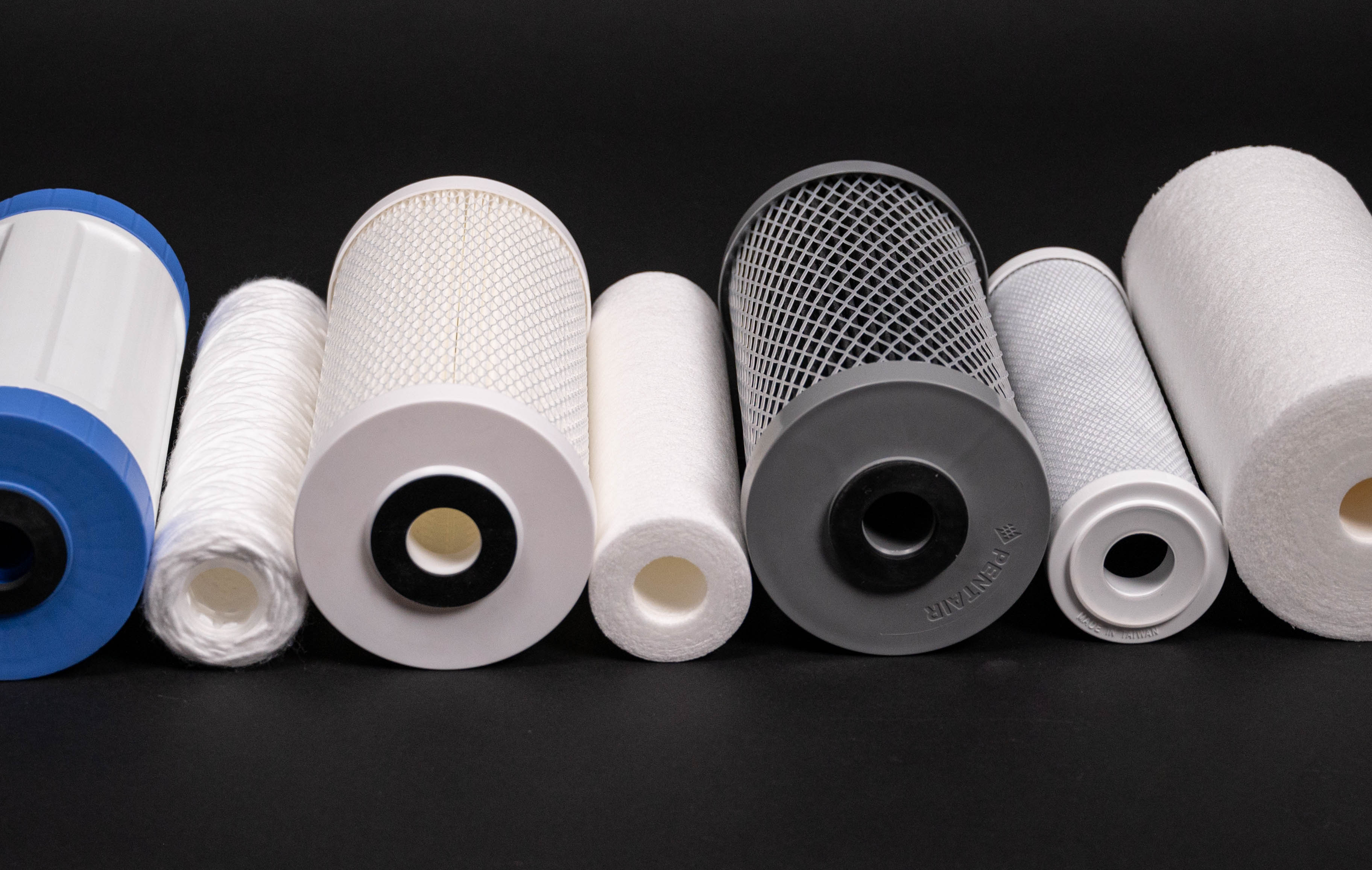When you need a filter housing for your filtration system, whether it's a replacement or you are requiring one for the first time, it is hard to determine what size you need. Every filter system requires a different size housing, but how do you figure out what filter housing your filtration system needs?
In this blog, we will take a look at the different filter housings and what you can do to determine the size that you need to ensure you select the correct filter housing, the first time.
Difference Between Spin-out Filter Systems & Regular Sediment Cartridge Type Systems
Spin-out filters and spin-out separator filters require different sizes compared to regular type sediment cartridge type filtration systems. This is where confusion can stem from. Not like typical sediment cartridge type filtration systems, assuming bigger is better is not the case. Standard sediment cartridge type filtration systems, if you increase the size and capacity of the housing and the cartridge, it will often improve the systems performance.
cartridge type filtration systems, assuming bigger is better is not the case. Standard sediment cartridge type filtration systems, if you increase the size and capacity of the housing and the cartridge, it will often improve the systems performance.
With regard to spin-out filtration systems, if you over size the housing, it can actually lower the centrifugal force, which ultimately reduces the systems performance. The way spin-out filter systems work is that they use centrifugal force to separate the sand from the water. (For a closer look at an example of this, check out our webinar, Introduction to Spin Out Filters & Separators.) Spin-out filters are specifically designed to allow a swirling action inside the bowl. The weight of the sediment is forced to the outside of the bowl due to the spinning action of the water. Eventually the sediment will drop to the bottom through the slots in the filter element, storing the sediment in a chamber below the spinning water.
How to Determine the Right Size
The below is the recommended flow rate range for each size of the spin-out and separator filters.
Filter Housing Size = 1" Acceptable Flow Rate = 1-25 GPM Optimal Flow Rate = 5-23 GPM
Filter Housing Size = 1-1/2" Acceptable Flow Rate = 10-50 GPM Optimal Flow Rate = 23-45 GPM
Filter Housing Size = 2" Acceptable Flow Rate = 18-100 GPM Optimal Flow Rate = 45-100 GPM
Based on the above, you can see that there is some overlap of the flow rates for the 3 sizes. The  average recommendation would be that you should use a 1-1/2" filter housing when the flow rate is 20 GPM. However, the best size would actually be the 1" filter housing. Since the systems 20 GPM is on the high end of the rating for the 1", it will better ensure that there is enough rotation speed to properly create enough centrifugal force for the best sand separation.
average recommendation would be that you should use a 1-1/2" filter housing when the flow rate is 20 GPM. However, the best size would actually be the 1" filter housing. Since the systems 20 GPM is on the high end of the rating for the 1", it will better ensure that there is enough rotation speed to properly create enough centrifugal force for the best sand separation.
If you went with the 1-1/2" housing, the speed of the spinning action would be reduced with a chance that the sand will not be separated effectively from the water, even though the 20 GPM flow rate is within the acceptable parameters for the 1-1/2" filter housing.
Our Webinar has a lot of great information about spin-out filters and separators. If you have any questions or want to learn more, check it out here.
In Summary:
To ensure that your filtration system is being used to its maximum ability, having the correct sized filter is the key. Knowing your optimal flow rate and the acceptable flow rate will help you determine which size you should go with for your spin-out filtration system.
Have further questions about this subject?

Head over to Boshart's Knowledge Base: technical product information, guidelines, and more.





SHARE